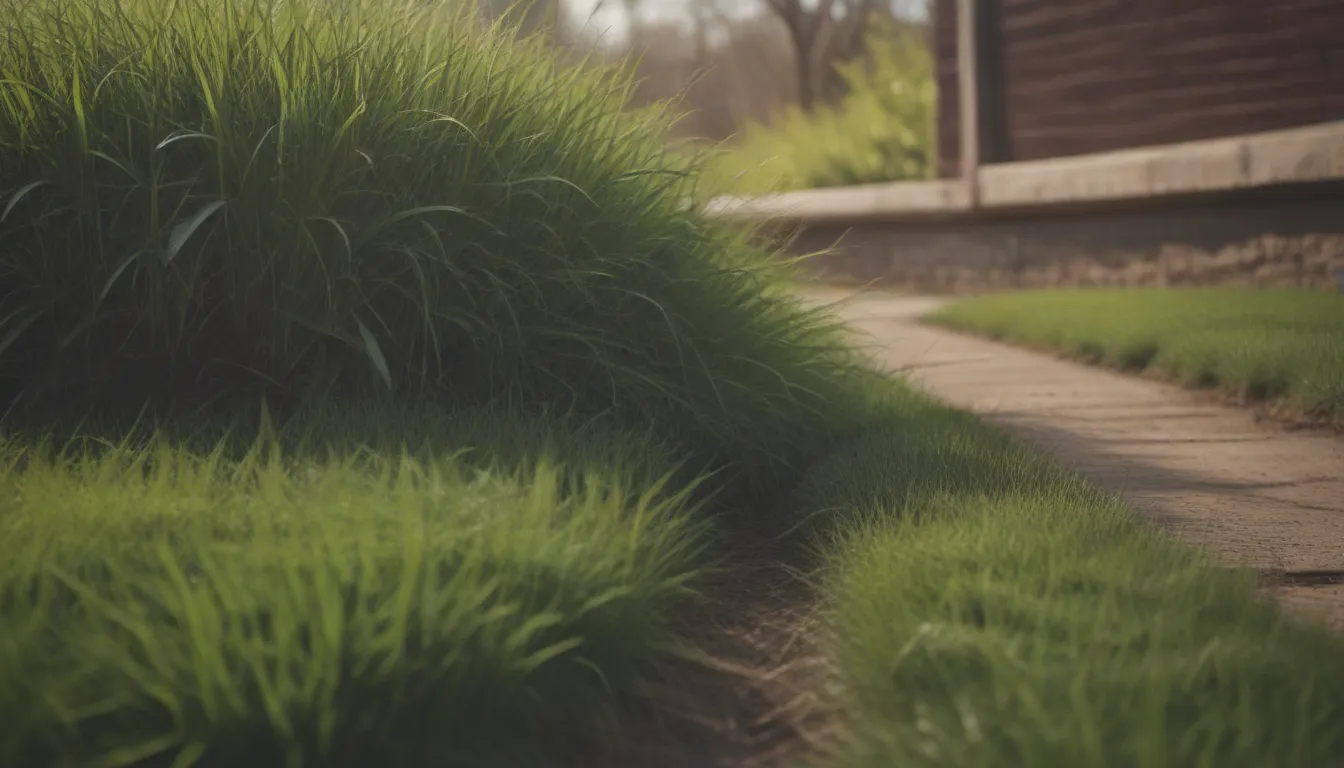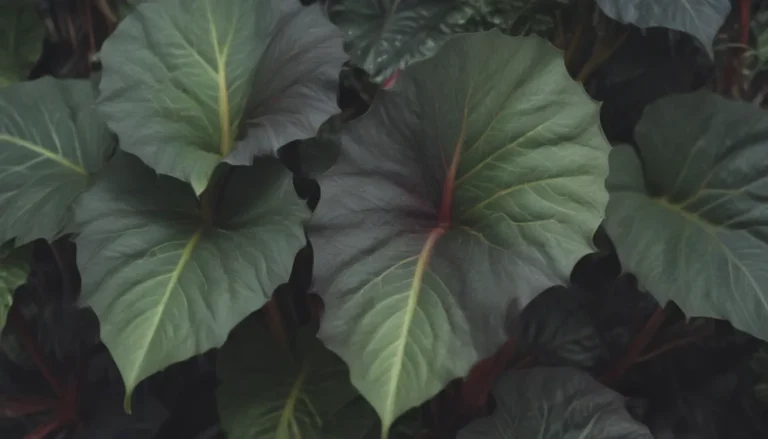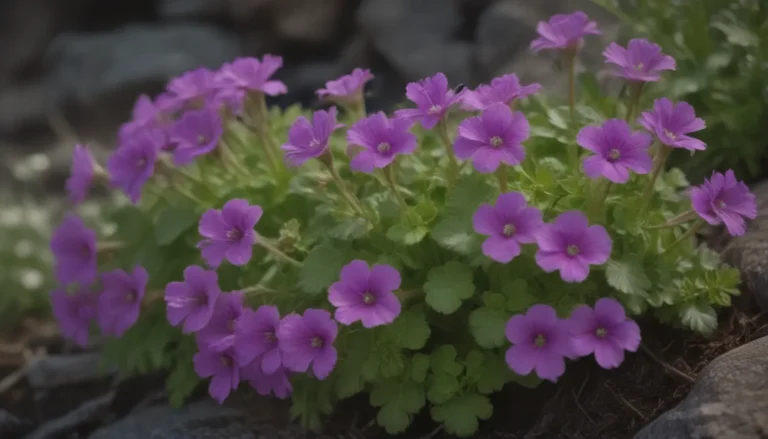Everything You Need to Know About Applying Crabgrass Preventers in Spring

Crabgrass is a notorious weed that plagues lawns across the country. It can be a pesky nuisance, but with the right knowledge and tools, you can effectively prevent and control it. In this comprehensive guide, we will explore everything you need to know about applying crabgrass preventers in spring to keep your lawn looking lush and green.
Understanding Crabgrass
Before we dive into how to prevent and control crabgrass, let’s take a closer look at this common lawn weed. Crabgrass typically makes its unwelcome appearance in late May in the North and as early as February in the South. Its wide leaves and low-profile stems set it apart from typical grass blades, making it a challenge to eradicate with standard lawn maintenance practices.
The key to managing crabgrass lies in using a pre-emergent herbicide, also known as a crabgrass preventer. These products work by preventing the seeds left over from the previous growing season from germinating, effectively stopping crabgrass in its tracks before it spreads.
Types of Crabgrass Preventers
When it comes to crabgrass preventers, there are several options to choose from. Here are some common types of pre-emergent herbicides:
- Liquid: These crabgrass preventers come in liquid form and can be applied with a sprayer.
- Granular: Granular crabgrass preventers are applied with a spreader and are easy to use for larger lawn areas.
- Synthetic Herbicide: These products contain chemicals that prevent crabgrass growth.
- Organic Herbicide: For those looking for natural options, organic herbicides are available.
- Selective Herbicide: Selective herbicides target specific weeds like crabgrass without harming desirable plants.
- Non-selective Herbicide: Non-selective herbicides will kill all vegetation, so use caution when applying.
When to Apply Crabgrass Preventer
Timing is crucial when it comes to applying crabgrass preventers. The ideal time to apply will vary depending on your location and soil temperature. Here are some general guidelines to help you determine the best time for application:
- Northern states:
- Southern states:
Many gardeners rely on the blooming of forsythia bushes as a signal to apply crabgrass preventer. However, lawn care professionals often recommend applying the product just as the bushes are starting to flower. To ensure accurate timing, use a soil thermometer to monitor soil temperature starting in early February. Apply the crabgrass preventer when the soil temperature consistently reaches 55 to 60 degrees Fahrenheit, as this is when most crabgrass seeds begin to germinate.
Use a soil temperature map to get precise data for your area and ensure you apply the product at the right time.
How to Use a Soil Thermometer
Taking a soil temperature reading is simple with the right tools. Here’s how to do it:
- Gather a clean soil thermometer, screwdriver, tape measure, and marker.
- Insert the thermometer a few inches into the soil and take a reading.
- Keep track of the soil temperature over several days to determine when to apply the crabgrass preventer.
Always follow the product label instructions for proper application and dosage.
How to Apply Crabgrass Preventers
Now that you know when to apply crabgrass preventers, let’s discuss how to apply them effectively. Follow these tips for successful application:
- Read the product instructions carefully before applying.
- Use a spreader for granular products and a sprayer for liquid products.
- Make sure to water your lawn after applying the preventer to activate the product.
- Avoid mowing for a few days after application to allow the product to work effectively.
Other Options
If you miss the optimal window for applying a pre-emergent herbicide in early spring, don’t worry. You can still address crabgrass with post-emergent weed killers. For small patches of crabgrass, hand-pulling or using a sharp hoe can be effective methods of removal.
By following these tips and staying diligent with your lawn care routine, you can effectively prevent and control crabgrass in your yard.
For additional resources and information on managing crabgrass, refer to the following sources:
- Biology and Management of Crabgrass: University of Massachusetts Amherst Center for Agriculture, Food, and Environment
- Weed Control in Home Lawns: University of Georgia Extension
With the right knowledge and tools, you can keep crabgrass at bay and enjoy a beautiful, weed-free lawn all season long. Happy gardening!





